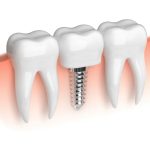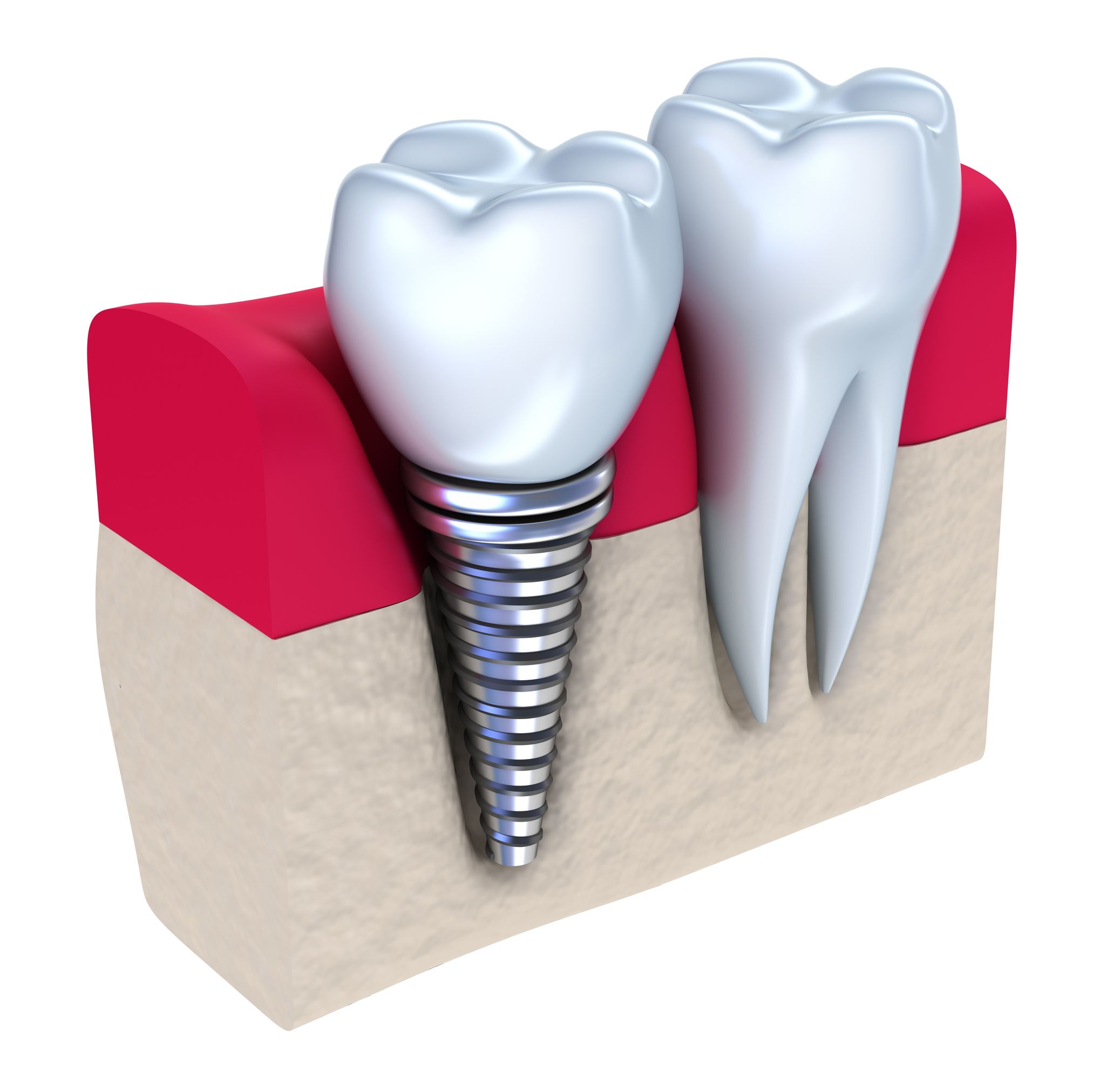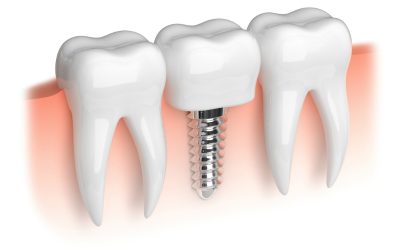Missing teeth can make you self-conscious. If you’re tired of dealing with the gaps between your teeth, then getting a tooth bridge in Philadelphia may be a good option for you. Before you go ahead, here’s a bit of background about the procedure so you’ll know what to expect.
Dental bridge: definition
Dentists can use bridges to close the gap between your smiles and teeth. A bridge will often have a false tooth held in place by the abutment teeth on either or one side of the gap, the Healthline explains.
Benefits of bridges
Bridges can easily restore your smile. If you want to get rid of gaps in your front teeth, bridges offer a possible solution. With the gaps between your teeth gone, you can now chew and speak properly. You won’t need to worry about being self-conscious about the gaps again. Also, bridges help maintain the shape of your face, ensures that the forces in your bite are distributed and keep any remaining teeth from moving out of position because of the gaps.
Types of bridges
There are three types of bridges: traditional, cantilever and Maryland bonded bridges. The first one is the most common and is designed with implants on either side of the missing tooth or teeth. Cantilever bridges, on the other hand, are used when there are only adjacent teeth on one side of the missing tooth. The last one entails metal or porcelain wings on just one side of the bridge.
Getting bridges
Consult with an experienced dentist about getting a tooth bridge in Philadelphia. What kind of credentials does the dentist have? How much experience does s/he have? How soon will it be done? How many sessions will it take? How much will it cost? Find out the answers to these questions before you make an appointment.








